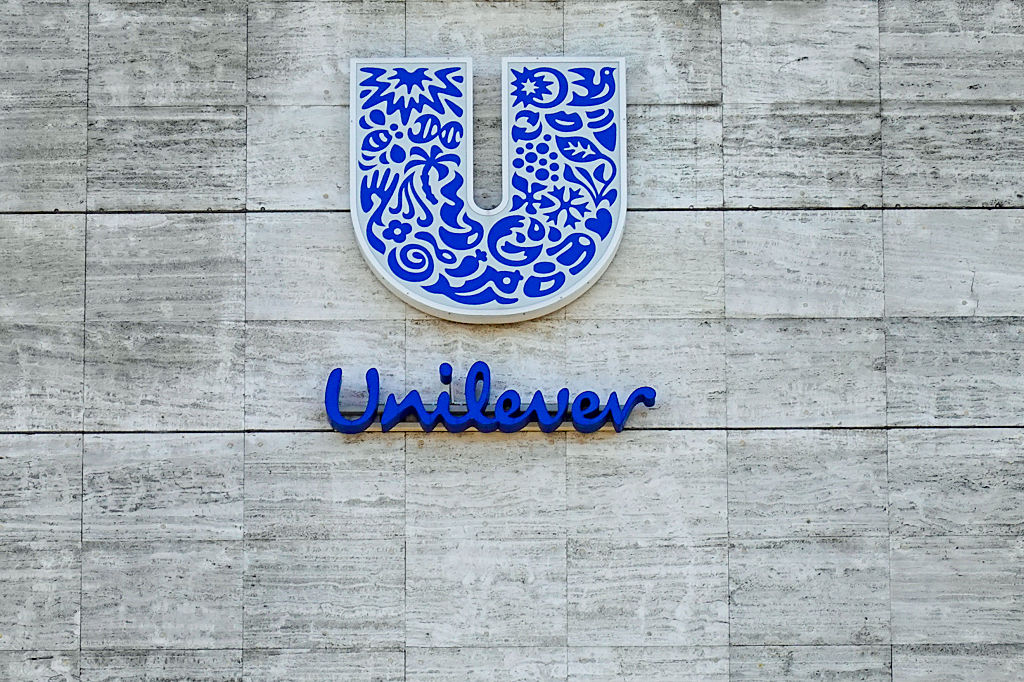Great frauds in history: Philip Arnold’s big diamond hoax
Philip Arnold and his cousin John Slack lured investors into their mining company by claiming to have discovered large deposit of diamonds. There were no diamonds.

Philip Arnold was born in Elizabethtown, Kentucky in 1829. After serving as a soldier in the Mexican-American War (which saw the US take over California), he became a gold prospector and was successful enough to return to Kentucky and buy a farm. By 1870 he was back in California and working as a prospector when he claimed to have discovered, along with his cousin John Slack, a large deposit of diamonds. This attracted the attention of several wealthy investors, including the founder of the Bank of California.
What was the scam?
Arnold and Slack’s “discovery” was the result of their buying diamonds and mixing them in with their samples. On this basis they attracted money from investors and used it to buy additional diamonds, which they then claimed were part of the original discovery. Having hooked the investors, Arnold and Slack then led them to their “mine” in Colorado, taking care to seed the ground with diamonds beforehand. Arnold and Slack then sold the mine, bringing the total amount they had received to $660,000 ($14.3m in today’s money).
What happened next?
The new owners set up the San Francisco and New York Mining and Commercial Company in 1872, raising $850,000 ($18.4m) from investors for 20% of the company, valuing it at $4.25m ($86.4m) and setting off a mini-boom in mining shares. However, US government geologist Clarence King, who had been surveying the area and was worried that his team had missed such a massive deposit, investigated and quickly concluded that it had been salted. By November 1872 the find was publicly revealed to be a fraud, though not before hundreds of prospectors had set off to Colorado.
MoneyWeek
Subscribe to MoneyWeek today and get your first six magazine issues absolutely FREE

Sign up to Money Morning
Don't miss the latest investment and personal finances news, market analysis, plus money-saving tips with our free twice-daily newsletter
Don't miss the latest investment and personal finances news, market analysis, plus money-saving tips with our free twice-daily newsletter
Lessons for investors
Arnold agreed to return $150,000 ($3.2m) in return for all charges being dropped, but managed to retire with the rest of his ill-gotten gains. Shareholders were left with shares in a worthless mine, though some received partial compensation. Later, one of the original investors admitted that if they had spent just an extra hour exploring the area, they would have spotted the scam – a lesson on the need for proper due diligence.
Get the latest financial news, insights and expert analysis from our award-winning MoneyWeek team, to help you understand what really matters when it comes to your finances.

-
 Millions underestimate how many paydays are left until retirement - why you should be counting your payslips
Millions underestimate how many paydays are left until retirement - why you should be counting your payslipsKeeping track of how long you will be earning a salary for can help work out how much you need to put into a workplace pension
-
 HSBC promises to keep all of its bank branches open until 2027
HSBC promises to keep all of its bank branches open until 2027HSBC has extended its branch promise meaning all 327 of its branches will remain open until at least 2027
-
 British blue chips offer investors reliable income and growth
British blue chips offer investors reliable income and growthOpinion Ben Russon, portfolio manager and co-head UK equities, ClearBridge Investments, highlights three British blue chips where he'd put his money
-
 Coreweave is on borrowed time
Coreweave is on borrowed timeAI infrastructure firm Coreweave is heading for trouble and is absurdly pricey, says Matthew Partridge
-
 Renewable energy funds are stuck between a ROC and a hard place
Renewable energy funds are stuck between a ROC and a hard placeRenewable energy funds were hit hard by the government’s subsidy changes, but they have only themselves to blame for their failure to build trust with investors
-
 Profit from document shredding with Restore
Profit from document shredding with RestoreRestore operates in a niche, but essential market. The business has exciting potential over the coming years, says Rupert Hargreaves
-
 The war dividend – how to invest in defence stocks as the world arms up
The war dividend – how to invest in defence stocks as the world arms upWestern governments are back on a war footing. Investors should be prepared, too, says Jamie Ward
-
 Literacy Capital: A trust where great returns fund a good cause
Literacy Capital: A trust where great returns fund a good causeThere’s plenty to like about specialist private-equity trust Literacy Capital, says Max King
-
 An AI bust could hit private credit – could it cause a financial crisis?
An AI bust could hit private credit – could it cause a financial crisis?Opinion Private credit is playing a key role in funding data centres. It may be the first to take the hit if the AI boom ends, says Cris Sholto Heaton
-
 8 of the best ski chalets for sale now
8 of the best ski chalets for sale nowThe best ski chalets on the market – from a traditional Alpine-style chalet in Switzerland to an award-winning Modernist building in Japan’s exclusive ski areas